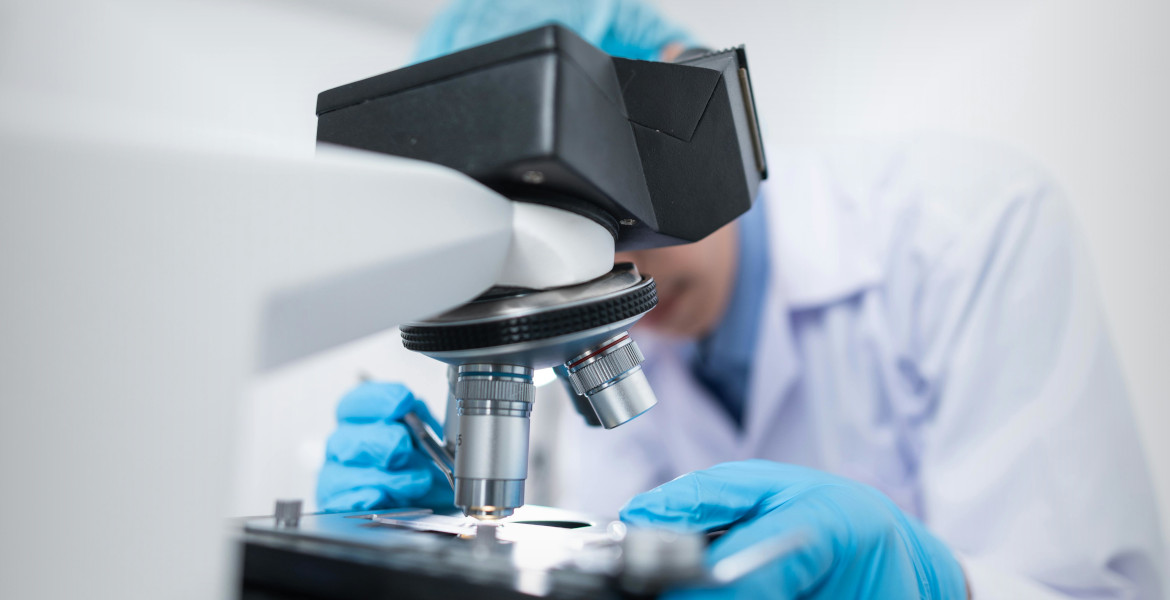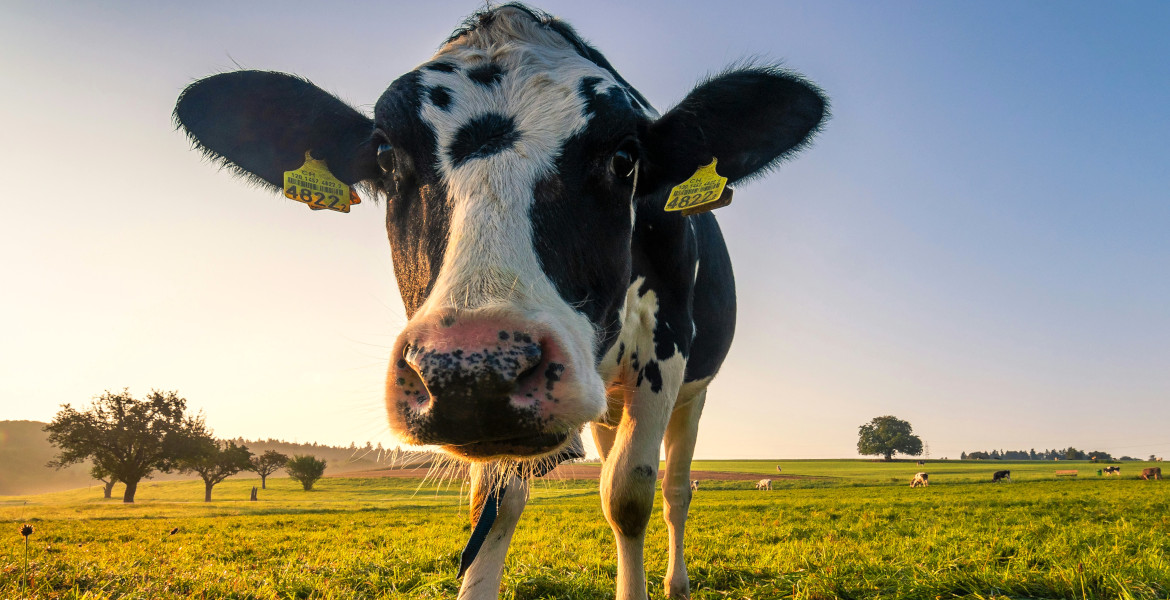The Antarctic chinstrap penguin takes 10,000 naps a day, according to research. The penguin uses microsleep, among other things, to guard its eggs during the breeding season.
In the study, researchers from the Neuroscience Research Center of Lyon in France and the Korea Polar Research Institute studied 14 chinstrap penguins with eggs in their nests. By measuring the penguins' brain waves with remote electrodes, the researchers were able to detect sleep activity and changes in posture.
The chinstrap penguin lives in Antarctica and is a highly social bird that nests in large colonies. The species is viable, but its numbers are still declining. During the breeding season, the penguins are under constant threat, both from other penguins and from predators trying to steal their eggs.
The study, published in the journal Science, found that the penguins' naps lasted no longer than 4-10 seconds and that they took no fewer than about 10,000 micro-naps per day. Despite the short naps, the penguins slept a total of 11 hours per day. Nearly 72% of the micro-sleep occurred in periods of 10 seconds or less, and on average, both penguin parents had about 600 sleep periods per hour. They slept both lying down and standing up.
Although the researchers were unable to measure the quality of the sleep, the penguins' successful reproduction suggests that microsleeping is an effective method for the survival of the species.
Microsleep can also occur in humans, such as drivers who travel long distances by car and "nod off" for a brief second.
Facts: Chinstrap penguin (Pygoscelis antarcticus)
The chinstrap penguin feeds primarily on small fish, krill and other small marine animals. It hunts during dives that can last several minutes and reach depths of up to 70 meters. The birds nest in large colonies and their communication includes a variety of calls to identify mates and offspring. It usually reaches a height of about 68 to 77 centimeters and a weight of between 4.5 and 6 kilograms.
During the breeding season, chinstrap penguins build nests out of rocks in the barren and ice-free areas of Antarctica. They usually lay two eggs, which both parents incubate alternately.




